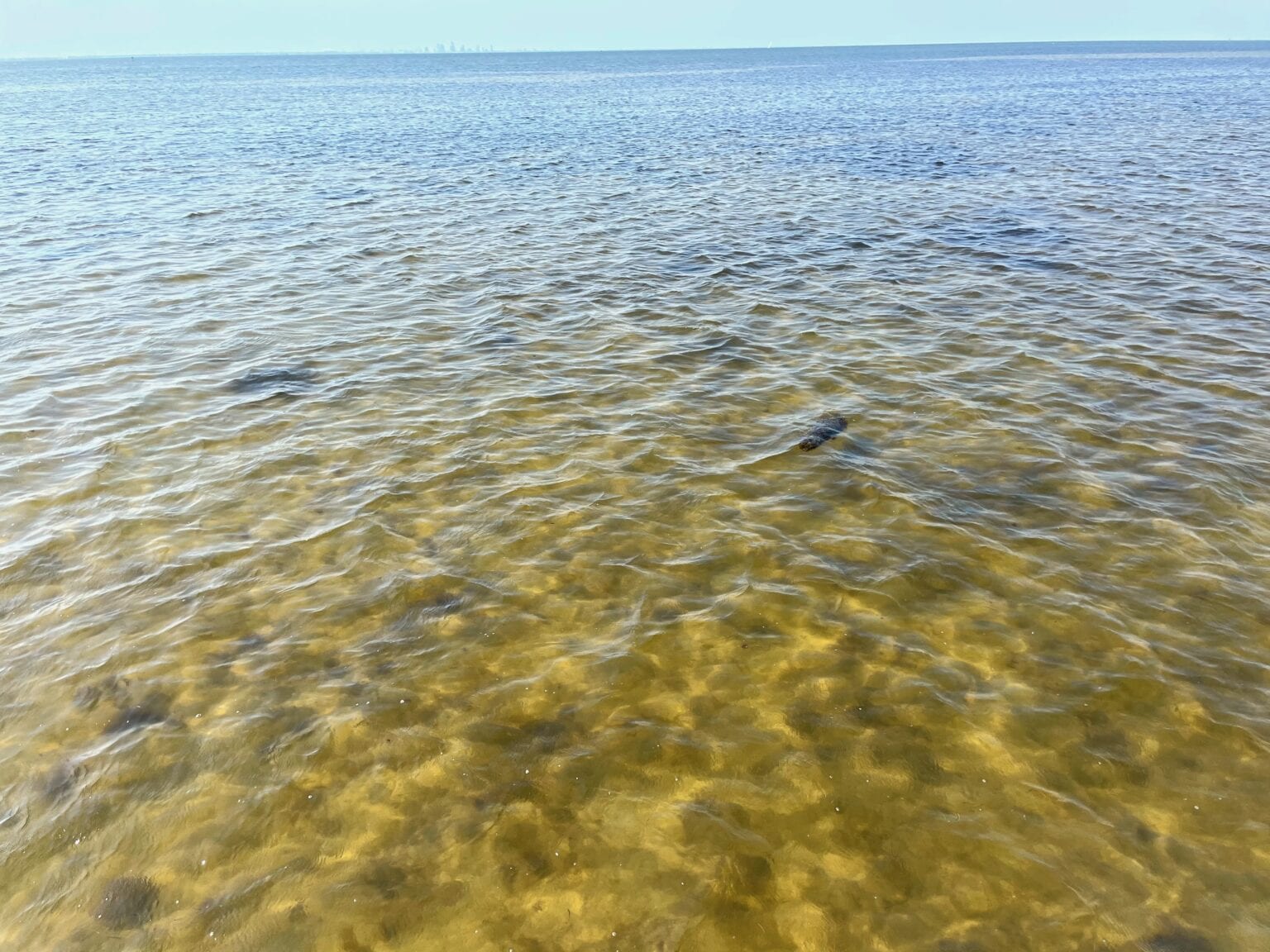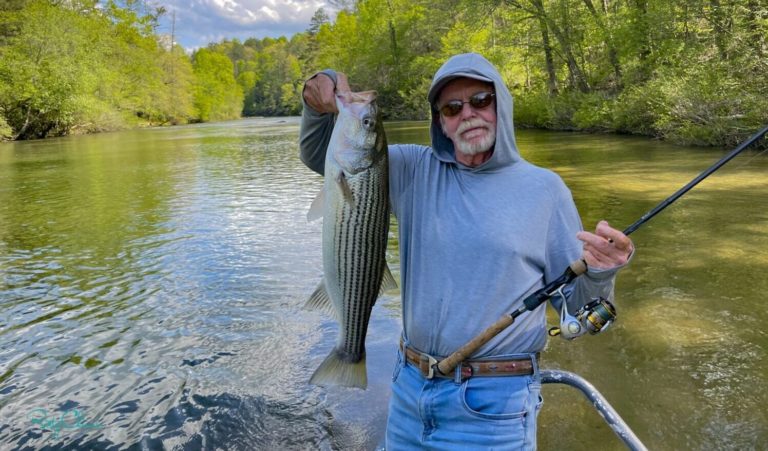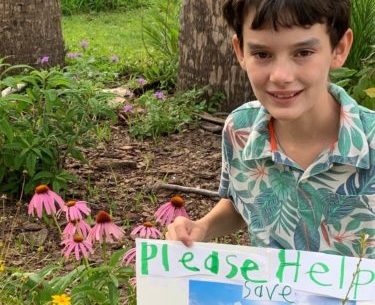By Rusty Chinnis – April 12, 2021
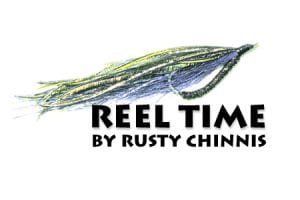
Rounding a mangrove corner into Clam Bar Bay on the edges of Tampa Bay, I had the sensation of a place remembered.
I had first visited Moses Hole on a kayak outing in 2013. But this time, something seemed oddly different, and a disquieting feeling enveloped me. It was only later that I fully appreciated that emotion.
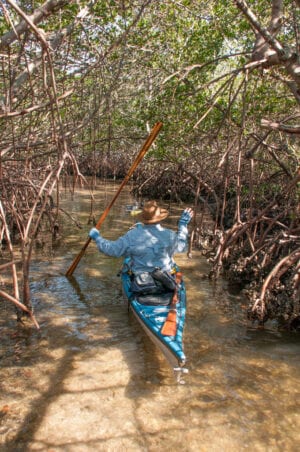
I was surveying and documenting the conditions in an area south of Port Manatee that represents the most pristine region of Florida’s largest — and now most threatened — estuary. Days before, a legacy phosphate stack at nearby Piney Point had ruptured and a catastrophic collapse was deemed imminent. Over the past week, millions of gallons of water containing 10 times the nutrients of raw sewage had been released into Tampa Bay at the port in an attempt to avert the sudden release of the full 480 million gallons.
That day, I saw a Tampa Bay in crisis, even before the effects of this latest failure were felt. The shallow waters from Cockroach Bay to Robinson Preserve were covered in algae and large areas were devoid of seagrass.
In addition, and totally unexpectedly, I was stunned to see acres of mangroves in Miguel Bay, near Terra Ceia. A large swath of the mangrove shoreline, once over 12 feet high, had been slashed to barely three feet high, with large dead stumps bleached by the sun from previous cuttings.
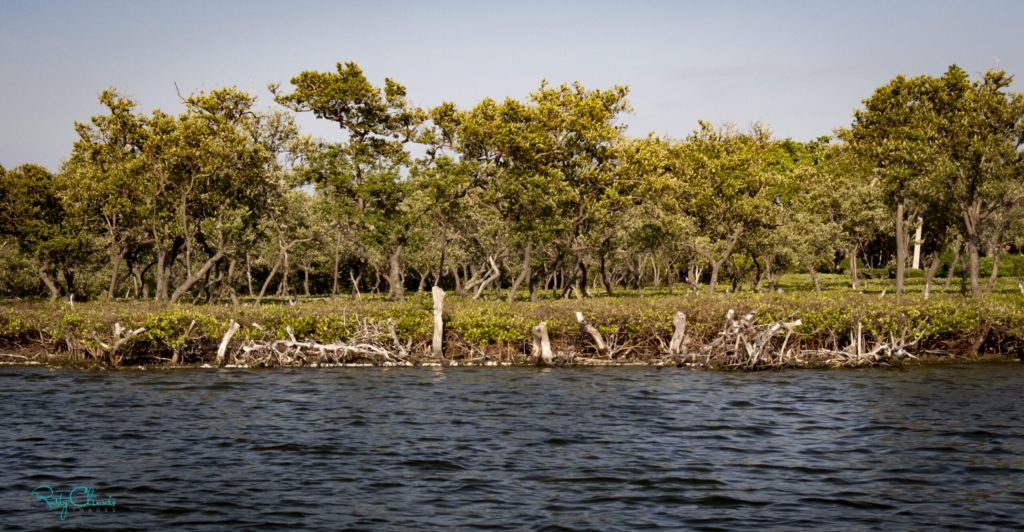
Returning home, I looked through my photographs and found an image I had taken that day in 2013. I was consumed by a feeling of sadness. What I experienced that day was disheartening, but only reinforced my resolve to expose the inaction of the Florida Department of Environmental Protection (FDEP) in doing its mandated work to protect the public good.
The failure at Piney Point, a facility owned by HRK Inc. and overseen by FDEP, was preventable. The state agency knew of the problems at the facility long ago but failed to address it adequately. Although this has been a disaster in the making for decades, the agency mandated to protect Tampa Bay allowed water levels to increase from a near-empty stack in 2007 to an accumulation of over 700 million gallons of water and dredged material.
FDEP failed to provide the resources needed to remove the water from the stacks at the site and knew as early as 2013 that removal was necessary. The water discharged because of the failure to act far exceeds water quality standards for the Tampa Bay Estuary and is delivering excess nitrogen and phosphorus to the bay. Both nutrients are known to fuel harmful algae blooms such as red tides. At the current rate of wastewater discharge, nearly 500 tons of nitrogen are on track to be released in the course of about a week. This is equivalent to approximately 50,000 bags of fertilizer or the pollution effects of 28 years of population growth in the region. This far exceeds the goals established by the FDEP to protect the public resources used for recreational and commercial activities.
In a joint news release, Suncoast Waterkeeper and Tampa Bay Waterkeeper expressed dismay that the rights of the people of Florida have been jeopardized by the failure of our state. They demanded that the governor and Legislature hold all responsible parties accountable and establish a statewide commission for phosphogypsum stack operations and closures. They stipulated that the commission should be composed of Waterkeeper members, environmental advocates, and other state and federal stakeholders.
Additionally, they specified that the state pay for the closure of all Piney Point stacks, including removing the existing water and capping the site to prevent any further water retention on the site, and processing the seepage water after closure to prevent degradation to Bishop Harbor and Cockroach Bay, the officially declared Outstanding Florida Waters that bracket the site.
The final outcome of this latest insult to the waters that surround us and that provide us with recreation opportunities and support our economy won’t be felt for several weeks or months. I hope we’re not too late.
Get involved by joining and supporting the efforts of Suncoast Waterkeeper and make sure your elected officials get the message that we will hold them responsible.
